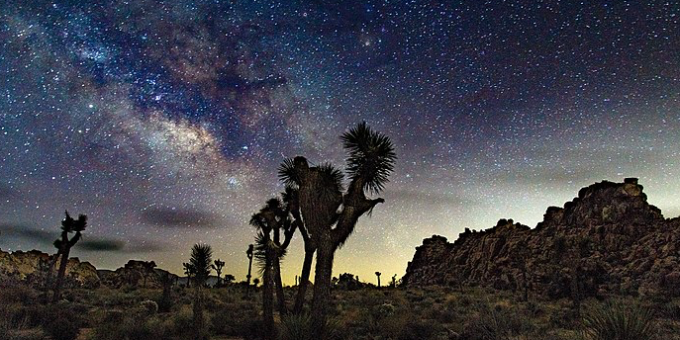
While deserts are generally depicted as barren places full of sand and sun, they can also be full of wildlife, be covered in ice, and have rivers running through them. In fact, there are four different types of deserts: hot and dry, coastal, semiarid, and cold deserts. Each type of desert provides its own set of challenges and, depending on its age, holds secrets to our ancient past.
The following deserts have something unique in each of them. For many, the uniqueness lies in the wildlife that lives there. For other deserts, it is the people who have lived there. Some of the deserts below have ancient creatures buried within them and many of these deserts have plants that cannot be found anywhere else in the world.
8. Home of the Joshua Trees
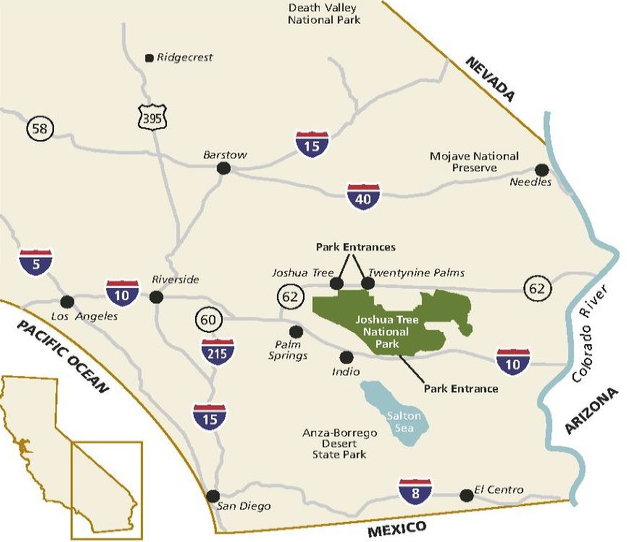
The Mojave Desert is the smallest desert in North America, but it is unique because of its native Joshua trees.
When Joshua trees were first spotted by early American explorer John C. Fremont in 1844, he wrote that their “ungraceful form makes them to the traveler the most repulsive tree in the vegetable kingdom.” In today’s society, the Joshua trees symbolize hope, growth and strength. After all, Joshua trees can live up to 300 years and the species has been in existence for roughly 2.5 million years.
The Mojave Desert is also home to the Kelso Dunes. These sandy dunes are made of quartz and feldspar, and are known to “sing” under the right conditions. This mysterious phenomena is still being investigated today, but some sand dunes will emit a sound when the wind blows. Our ancestors though the sounds came from spirits, but scientists believe the sound is made by friction, although the size and composition of the sand grains seems to have a definite effect on the sound produced.
7. The Sea of Bones
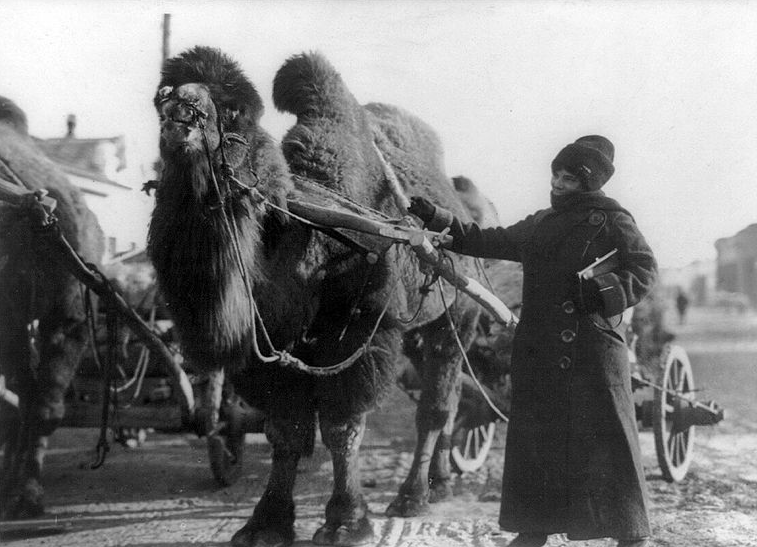
Being the largest desert in Asia, the Gobi Desert is also the largest reservoir of dinosaur bones in the world. During the Cretaceous Period, the Gobi Desert was rich with vegetation, insects, and a large variety of dinosaurs whose fossils are actively sought after to this day.
In the 1920s, American scientist Roy Chapman Andrews uncovered the world’s first nest of dinosaur eggs in the Gobi desert and proved to everyone that dinosaurs laid eggs. Over a two year period, Andrews and his team uncovered over a hundred dinosaurs and brought them back to the American Museum of Natural History.
While Andrews contributions to paleontology are invaluable, he is mostly believed to have contributed to the inspiration for Indiana Jones. Andrews wore a fedora to keep the hot sun off of his face during his time in the Gobi Desert and he carried, of all things, a whip.
6. Ancient Mysteries
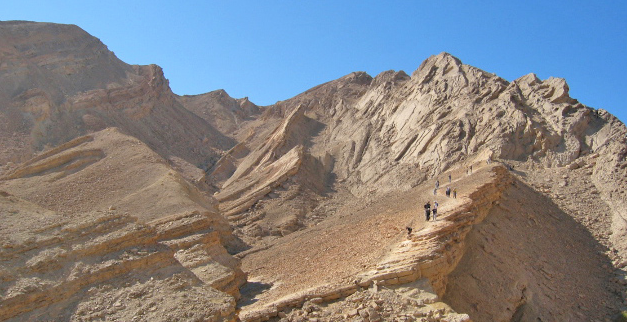
Located in Israel, the Negev Desert covers roughly 55% of the country. This ancient land holds the remains of prehistoric and early historic life. Settlements, arrowheads, and traces of both the Copper and Bronze ages can be found here.
While this desert land holds many ancient secrets, one of its most interesting archaeological finds can be visited at Ein Avdat. This canyon was inhabited by Byzantine monks who carved out cells within four of the canyon’s caves. These monks, though few in number, spent much of their time in prayer and work, but were also believed to have taken part in nearby local communities. They may have also offered the locals spiritual guidance and taught in schools.
While living in a cave may, at first glance, seem to be a rather primitive existence, the remains of the dwellings show a life of only partial solitude. A path connected the caves to one another and the monks shared a communal kitchen and a storeroom, but they did not have their own chapel. For worship, the monks would make the early morning walk to a nearby church and then return to their cells by night.
5. Home to an Ancient Lake
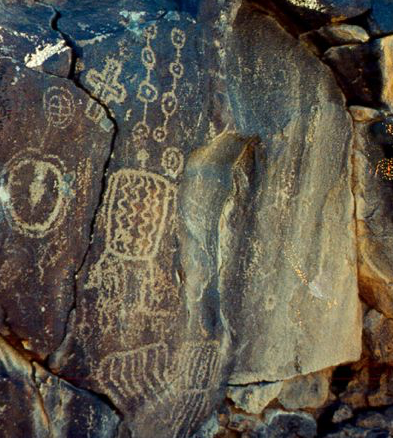
Located in northwestern Nevada, the Black Rock Desert is one of the flattest parcels of land to be found on Earth. An ancient lake known as Lake Lahontan began filling up in this area around 70,000 years ago and had a depth of up to 500 feet.
The lake brought with it a large variety of plants and animals, including mammoths. Eventually, people came to live along the lake and various rock quarries have been uncovered in the area. Numerous stone tools have been found, of course, but the strangest of these tools are the crescent shaped stones.
It is uncertain why these crescent stones were made and there are many theories as to how they were used. Many believe that the unusual crescent stones were used as either hide or wood scrapers. The lunar shaped stones may also have simply been charm stones or ceremonial stones.
One of the more controversial beliefs about these stones was that they were used as surgical instruments. It is not clear why these ancient people would perform surgeries along this great lake or how these chipped stones would have been used during a surgery, however there are researchers who feel that the stones were more likely used for bird hunting as there was a plentiful supply of waterfowl in the area.
Today, the Black Rock Desert is most known for hosting the annual Burning Man festival.
4. Incredibly Hot Ants
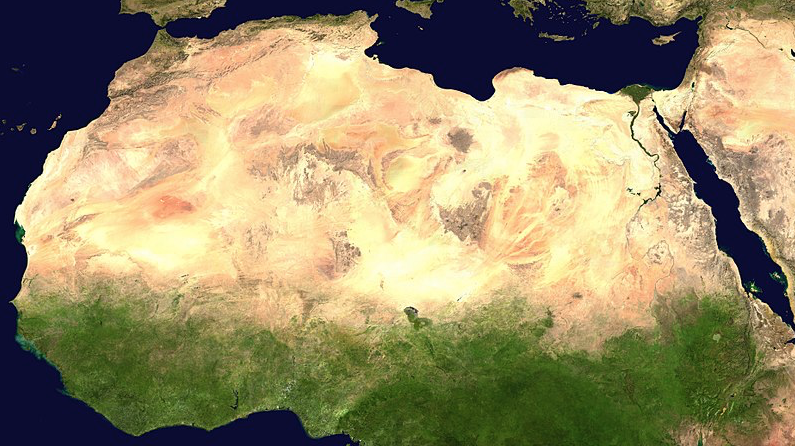
While not the largest desert, the Sahara is the world’s largest hot desert. Located on the northern half of the African continent the Sahara is a hostile environment, but it is also home to some of the planet’s most interesting wildlife.
The Saharan silver ant is the fastest ant in the world. It also hunts for food during the hottest time of the day, braving the desert heat when all the other animals must seek shelter. In fact, the Saharan silver ants can foraging for food until their body temperature reaches an incredible 128 degrees F.
Why these ants forage in extreme heat is a matter of survival. Their predator, a desert lizard, can only remain in the desert sun until its body temperature reaches 115 degrees F and then it must seek shelter. The silver ants have evolved to know when the temperatures have reached this heat threshold so that they can leave the colony and hunt for food in safety.
3. Atacama – driest
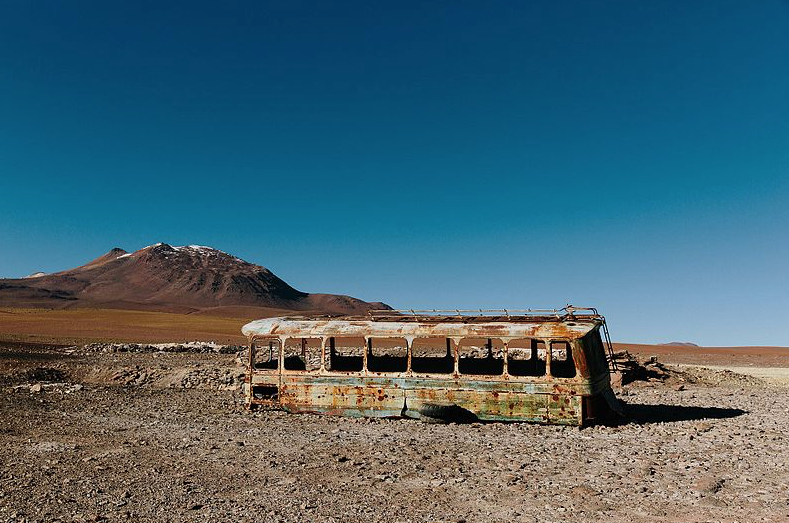
Located in Chile, the Atacama Desert is one of the driest places on the planet with some areas receiving no rainfall during the year. The temperatures here are extreme, with daytime temperatures reaching 104 degrees F and nighttime temperatures dropping down to 41 degrees F.
The world’s oldest mummies are found in this desert. Predating Egyptian mummies by almost 2,000 years, the Chinchorro mummies were made using a process unique to the region. Mummification began with the removal of the head and skin. The brain was removed from the head and the meat was removed from the bones. The bones were then dried and then tied back together. The skin was then replaced around the bones. If some of the person’s skin was lost, seal skin was used. Next, the body’s torso was dried with hot ash and the body was stuffed with dry grass.
After the basic form of the body was reconstructed, it was covered in layers of ash paste. A human hair wig was attached to the head and the body was painted with black pigments.
2. The World’s Largest Desert

The continent of Antartica is covered in ice that is, on average, 2 kilometers thick, but it has an average annual rainfall of only 2 inches. Since the continent has such a low amount of precipitation, it is classified as a desert.
During the summer, the average temperature is -18 degrees F (-28.2 degrees C), and is the perfect time for scientists to visit the 70 research stations on the continent. It is estimated that about 4,000 scientists visit Antartica spring the summer months. Scientists include marine biologists, astronomers, oceanographers, and climatologists. By winter, the number of scientists drops down to about 1,000 people as the temperatures also drop down to an average of —76 F (-60 degrees C).
The Antarctic Treaty, signed by over 50 countries, allows scientists from all over the world to come to Antartica and conduct scientific studies for the benefit of humanity. The Treaty states that: “Antarctica shall continue forever to be used exclusively for peaceful purposes and shall not become the scene or object of international discord.”
1. Earth’s Oldest Desert
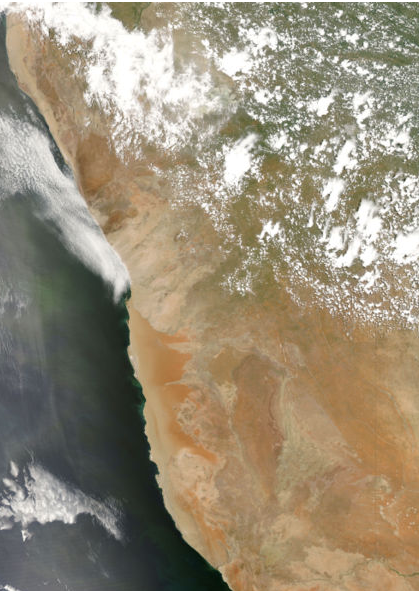
The Namib desert, located in Namibia, a country in southern Africa, is the oldest desert in the world. Its name in the local language means “an place where there is nothing.” However, this is far from the truth. The Namib desert is teaming with life, despite the heat and dryness.
Living in this desert is the world’s only population of lions that have adapted themselves to the desert life. These incredible lions are not a separate species from the plains lion, but they have socially evolved to survive the harsh conditions of the desert.
The most startling fact about these lions is that they do not practice infanticide. Among the plains lions, infanticide is often practiced when new males take over a pride. The desert lions, on the other hand, have smaller prides and close to to zero cub deaths due to infanticide.
When it comes to finding food, the desert lions hunt for gemsbok, seals along the Skeleton Coast, ostriches, and they will attack and kill the livestock of local farmers. The killing of livestock is what has escalated the conflict between humans and the desert lions. In the 1980s, it was believed that the last of the lions had been killed off by hunters and farmers, but in the late 1990s, the desert lions were rediscovered. Through conservation efforts, the current desert lion population is believed to be around 120 lions. This is up from the 25 desert lions discovered in 1999.
With so few resources in with Namib desert, the conflict continues between farmers, trophy hunters, and desert lions, and the future of these rare animals remains uncertain.


